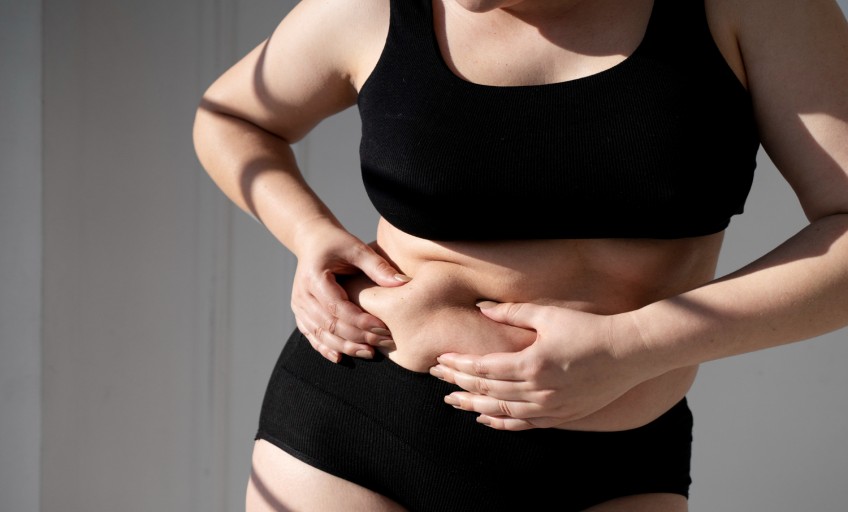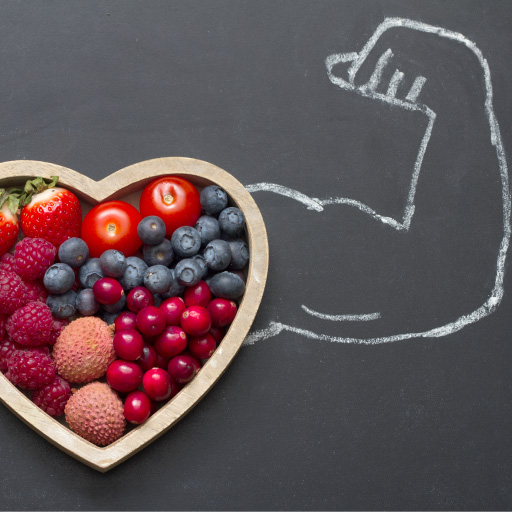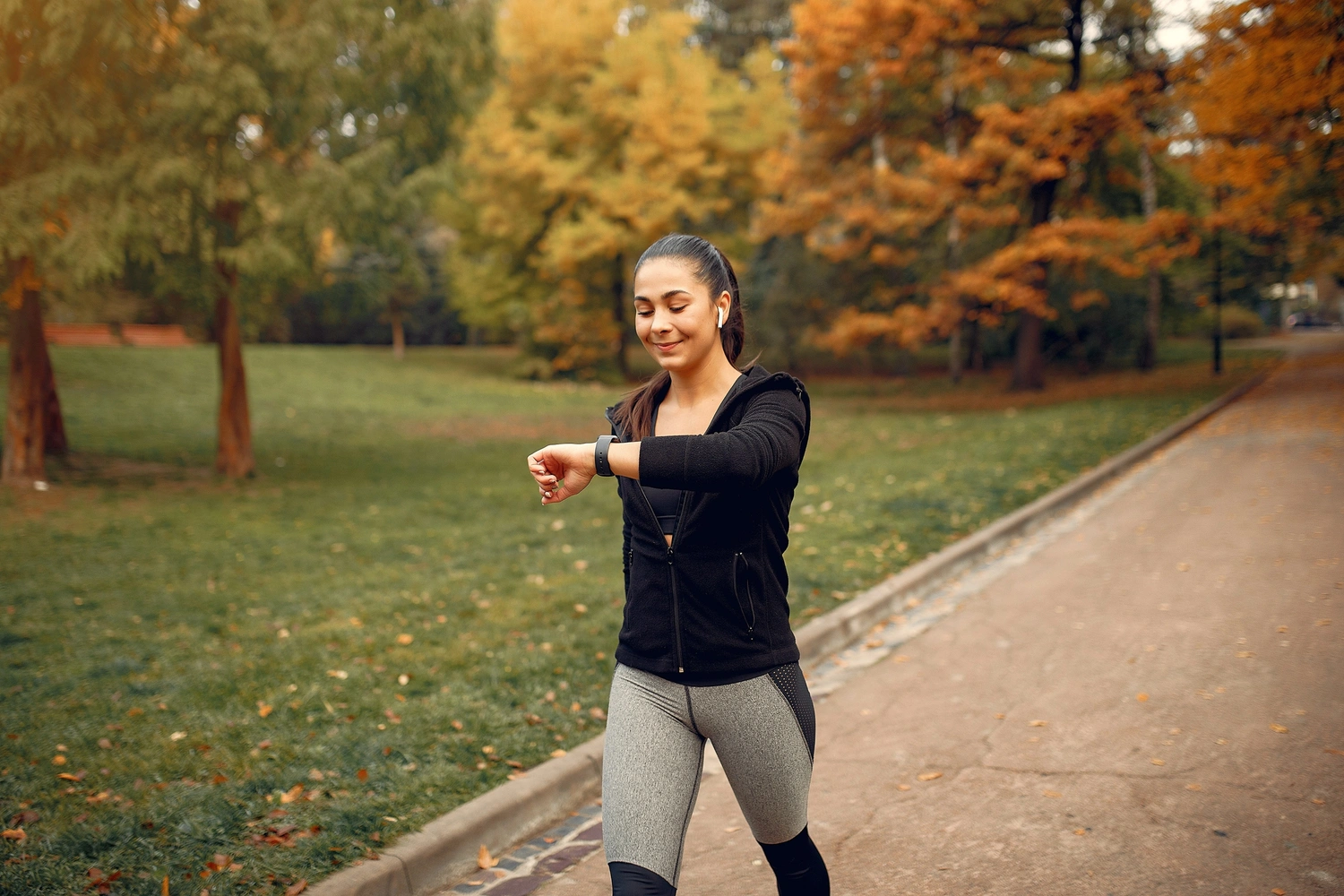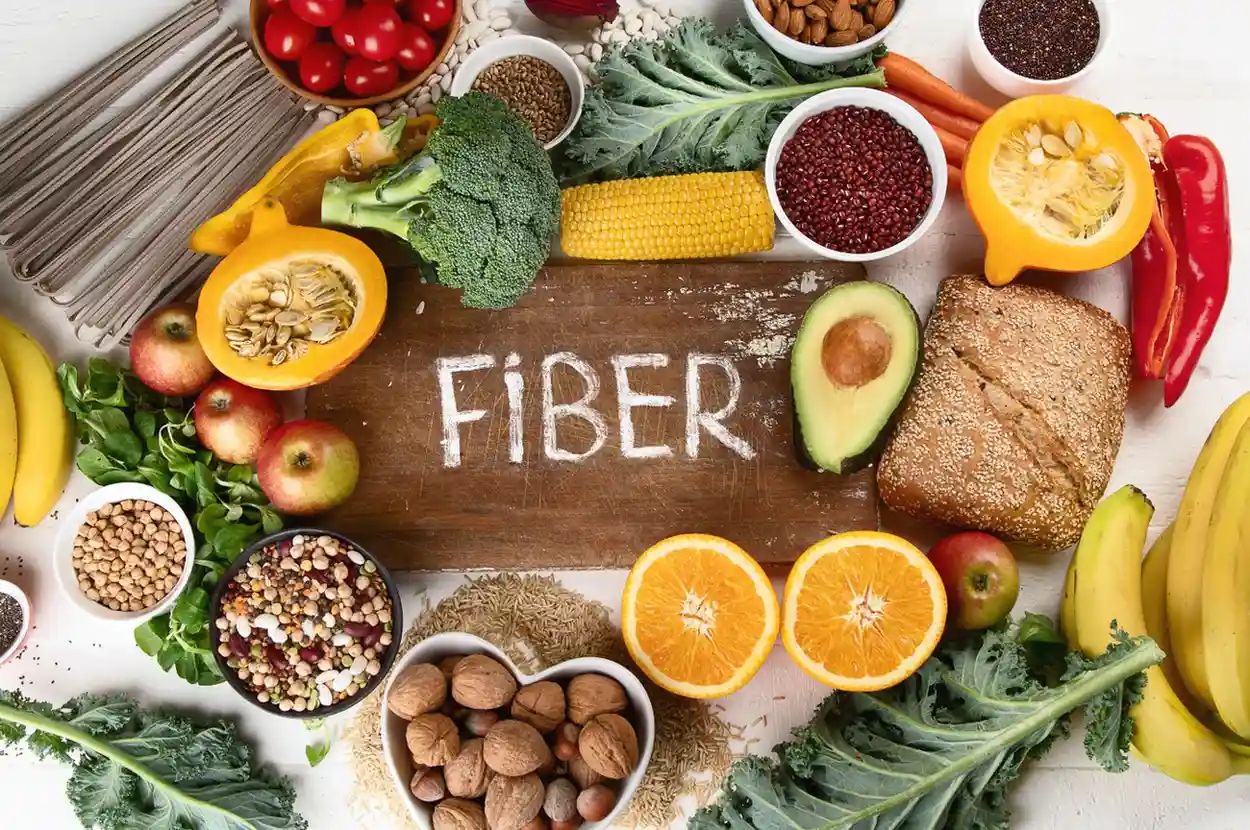Are you considering starting an intermittent fasting diet? These guidelines will assist you in maintaining your health during the warmer months.
Understanding what intermittent fasting is
What is intermittent fasting, and can you practise it during the warmer months? As the name suggests, intermittent fasting (IF) is an eating pattern that alternates between periods of fasting and eating, and yes, it can be practised in the summer with a few adjustments. It is a growing trend within the health and fitness community. It has been shown to aid many individuals seeking to manage weight and adopt a healthier lifestyle. IF does not dictate which foods you should consume but when you should eat them. This indicates that it is not a diet—it is more accurately described as an eating pattern. Typical IF methods entail fasting for 16 hours and an 8-hour eating window. Some individuals undertake 24-hour fasts twice a week.
How does summer affect it?
Intermittent fasting rules can be changed according to the needs of the changing seasons, as illustrated below for summer.
Increased hydration needs
Summer significantly heightens the necessity for hydration when practising intermittent fasting, as the heat can increase sweating and potential dehydration. Drink ample water throughout the fast to ensure proper hydration.
Effects of heat on energy levels
Heat can naturally reduce energy levels, even more so during fasting, potentially leading to weakness and affecting physical activity. This may result in more significant challenges in maintaining a fasting window and could elevate the risk of heat-related illnesses if not appropriately managed.
Managing hunger and cravings in hot weather
To manage hunger and cravings in hot weather:
- Consume ample water, electrolytes, or herbal teas during fasting periods.
- Adjust your eating window. Think about eating earlier or later to avoid the hottest part of the day. Break your fast with light, hydrating foods instead of heavy meals.
- Choose light, hydrating foods such as fruits, vegetables, smoothies, and yogurt.
- To curb cravings, maintain a cool environment using fans, air conditioning, or cool showers. Partake in light activities such as swimming to remain refreshed.
Best intermittent fasting methods
The most prevalent methods of intermittent fasting during the summer months are as follows:
16/8 Method

This involves fasting for 16 consecutive hours daily and limiting food consumption to an 8-hour window. Some individuals skip breakfast, but you might also choose to forgo dinner or have an earlier meal.
5:2 Diet
In this method, you consume only 500–600 calories on two non-consecutive days of the week but eat as usual on the other 5 days.
Alternate-day fasting
Alternate-day fasting is a form of intermittent fasting that involves fasting every other day. On non-fasting days, follow a regular diet. On a fasting day, you either refrain from eating or consume a small meal of fewer than 500 calories.
1. Benefits of flexible eating windows
Flexible eating windows offer the following benefits:
- Manages weight
- Decreases inflammation
- Improves brain function
- Enhances metabolism
- Improves heart health
- Improves blood sugar
2. Adjusting fasting hours for hot weather
Here are the key points to consider when adjusting fasting hours for hot weather:
- Move your eating window to cooler parts of the day, like early morning and evening, and shorten your fasting period.
- Prioritize drinking plenty of water and electrolyte-rich fluids before starting your fast and throughout your non-fasting window.
Tips for staying hydrated
Be mindful of the following tips to stay hydrated when fasting during summer:
Optimal water intake strategies
Ensure you drink water frequently during fasting, even if you do not feel thirsty. Choose calorie-free beverages, such as unsweetened herbal teas, black coffee, or sparkling water, as alternatives to plain water.
Electrolyte balance and hydration tips
Drinking water helps to flush out toxins, keeps the body hydrated and more. During summer, dehydration becomes common, leading to fatigue and other health complications. Therefore, between the fasting period, have healthy drinks, juices, and detox water to maintain electrolyte balance.
1. Consuming hydrating foods
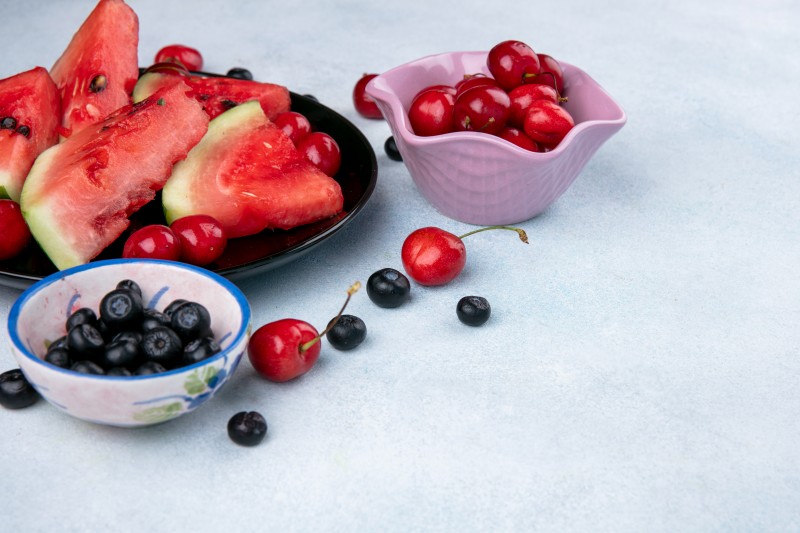
Incorporate hydrating fruits such as watermelon, muskmelon, and berries into your daily diet. Seasonal fruits assist in coping with the effects of changing seasons and will enhance your health accordingly. Fruits rich in vitamin C will further strengthen your immunity.
2. Avoiding dehydration symptoms
Make sure to sip water regularly during your eating window. Keep an eye on your urine color to assess your hydration levels. Stay aware of potential symptoms of dehydration, such as fatigue, headaches, and a dry mouth.
Pros and cons of intermittent fasting
Let us examine the intermittent fasting benefits and potential challenges during the summer season:
Benefits of fasting in warm weather
The key advantages of fasting in the hot weather include:
- Improved hydration: Limiting eating windows encourages people to drink more water to stay hydrated, which is essential in hot weather.
- Potential temperature regulation: The body enters a ‘rest mode’ when fasting, resulting in a slightly reduced metabolic rate. This may lead to a minor decrease in core body temperature, potentially making hot weather more bearable.
- Weight management: Fasting can help regulate appetite and lower overall calorie intake, assisting in weight management, particularly when confronted with more elaborate summer meals.
- Mental clarity: Some report enhanced focus and mental clarity during fasting periods, which can be advantageous in the summer when the heat may induce lethargy.
- Digestive rest: Restricting eating windows gives the digestive system a break from continuous food processing, which can be advantageous in hot weather when digestion tends to slow down.
Potential challenges and how to overcome them
While fasting, it is important to be mindful of your activity level and to listen to your body’s signals. Intermittent fasting presents challenges that can be overcome, as illustrated below:
- Managing increased thirst and heat-related discomfort can be overcome by prioritizing hydration with water and electrolyte-rich drinks. Also, choose cooling foods with high water content and adjust fasting windows to cooler parts of the day.
- The heat can exacerbate hunger cues, making it more challenging to manage fasting windows. The temptation to reach for sugary or heavy foods during eating windows may increase in summer, making it essential to prioritize nutrient-dense, hydrating options.
Should you try intermittent fasting?
If you feel well while fasting and consider it a sustainable way of eating, it can be a powerful tool for managing weight and enhancing your health. During the summer, the rules of intermittent fasting can be adjusted to suit the season’s demands. It has demonstrated health benefits, as mentioned above. Combine a healthy lifestyle with fasting guidelines and ensure the summers do not adversely affect your body.
Key Takeaways
- During summer, hydration needs increase, energy levels diminish, and cravings may occur.
- Intermittent fasting methods include the 16/8 method, the 5:2 diet, and alternate-day fasting.
- Optimize water intake and maintain electrolyte balance to remain hydrated during fasting.
- The benefits of fasting during summer encompass enhanced hydration, effective weight management, and a reprieve for digestion.
- Managing heightened thirst and hunger cues, as well as discomfort caused by the heat, are among the challenges of fasting during summer.
Stay tuned to the Activ Living Community. Keep up to date with the latest health tips and trends through expert videos, podcasts, articles, and much more on nutrition, fitness, mindfulness, and lifestyle conditions like Asthma, Blood Pressure, Cholesterol, and Diabetes. Activ Living ke saath sahi sehat ki shuruat ABHI karo.
You may also be interested in the following blogs:
- Intermittent Fasting Benefits And Its Advantages And Disadvantages
- Intermittent Fasting Vs Keto Vs Vegan Diets Explained
Popular Searches
How to lower blood pressure | Fruits good for liver | Unhealthy foods | Ragi Benefits | Basal Metabolic Rate | Acupressure points for High Blood Pressure | Ayurvedic medicine for blood pressure | How to control cholesterol at home | Homeopathy for Asthma | Biological Age | Home remedies for TB | Natural beta blockers | Negative effects of internet | Types of walking | Blood pressure calculator | Blood sugar calculator | BMI Calculator





 1800-270-7000
1800-270-7000



